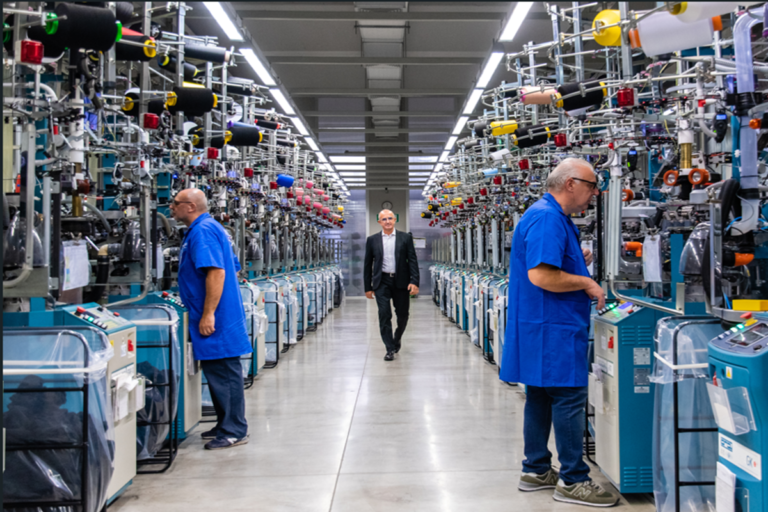In the quest for sustainability and cost-efficiency, businesses are increasingly turning to returnable packaging solutions. Returnable packaging, also known as reusable packaging, involves using durable materials designed to withstand multiple uses throughout the supply chain.
This packaging method is employed in various industries, including automotive, electronics, food and beverage, and pharmaceuticals. This article explores the advantages of returnable packaging and its broader implications for businesses and the environment.
Table of Contents
The environmental benefits of returnable packaging
One of the most compelling reasons for adopting returnable packaging is its positive impact on the environment. Traditional single-use packaging often ends up in landfills or as litter, contributing to pollution and resource depletion.
Returnable packaging, on the other hand, significantly reduces waste. By reusing the same containers, pallets, or crates multiple times, companies can decrease the amount of packaging waste generated. This reduction in waste directly correlates to a lower carbon footprint, as fewer resources are needed to produce new packaging materials.
Furthermore, returnable packaging can aid in achieving sustainability goals and regulatory compliance. Many governments and regulatory bodies are implementing stricter environmental regulations, encouraging or mandating companies to adopt sustainable practices.
Utilizing returnable packaging demonstrates a company’s commitment to environmental responsibility, enhancing its reputation and potentially providing a competitive edge.
Cost savings
From a financial perspective, returnable packaging offers substantial cost savings over time. Although the initial investment in durable packaging materials may be higher compared to single-use options, the long-term savings are considerable.
Businesses save on the costs associated with purchasing new packaging materials for every shipment. Additionally, reduced waste management expenses contribute to overall savings.
Operational efficiencies also arise from the use of returnable packaging. These solutions are often designed to be more robust and easier to handle, reducing the likelihood of product damage during transit.
Fewer damaged goods mean lower costs related to returns, replacements, and customer dissatisfaction. Moreover, standardized returnable packaging can streamline logistics and warehouse operations, leading to improved space utilization and faster processing times.
Quality and protection
Returnable packaging is typically made from high-quality, durable materials such as plastic, metal, or wood, providing superior protection for products during transportation and storage.
This durability ensures that goods are less likely to be damaged, which is particularly important for industries dealing with fragile or high-value items. Enhanced protection also minimizes the risk of contamination, a critical factor for sectors like food and pharmaceuticals where hygiene and safety are paramount.
Brand image and customer perception
Adopting returnable packaging can positively influence a company’s brand image and customer perception.
Consumers are becoming increasingly aware of environmental issues and prefer to support businesses that prioritize sustainability.
By visibly committing to eco-friendly practices, companies can attract environmentally conscious customers and foster loyalty among existing ones. This proactive approach to sustainability can be a differentiating factor in a competitive market.
Challenges and considerations of returnable packaging
Despite its numerous benefits, implementing returnable packaging systems comes with challenges. Companies must manage the logistics of retrieving and cleaning the packaging for reuse.
This process requires efficient tracking systems and collaboration with supply chain partners. Additionally, the initial investment can be a barrier for small businesses with limited capital.
However, technological advancements, such as RFID and IoT, are making it easier to track and manage returnable packaging, thereby mitigating some of these challenges. Companies must conduct a thorough cost-benefit analysis to determine the feasibility and potential return on investment.
Read also: Upcycling, definition and the difference with recycling












